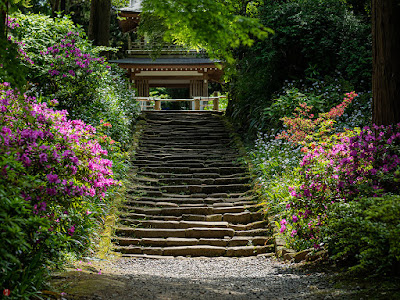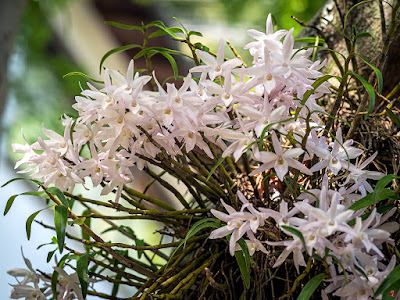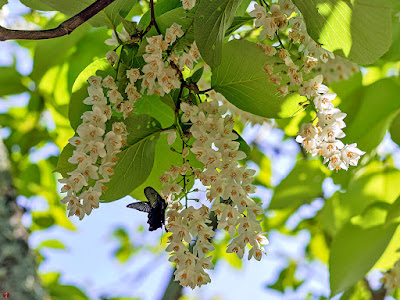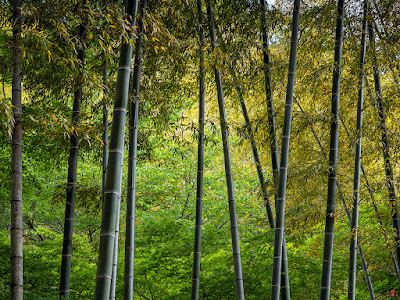In spring, temperate water lilies awaken from their winter sleeping and slowly grow their round leaves in the water in response to the gradual increase of temperature and the sunlight.
In the course of time, their flower buds appear in the water and begin to grow and rise toward the surface of the water. Eventually, these flower buds emerge from the calm water surface to open and bloom like the little water sprites that show themselves before the beginning of the rainy season.
As the temperature rises in the morning sun, the flower petals slowly open, and in the afternoon, when the sunlight gets weaker and the temperature becomes lower, they close gradually.
This opening and closing process is repeated for about three days, and then the flowers fulfill their roles and die.
A golden killifish is staring fixedly at the newborn flower as if to be enchanted by the magic spell of this water fairy.






























